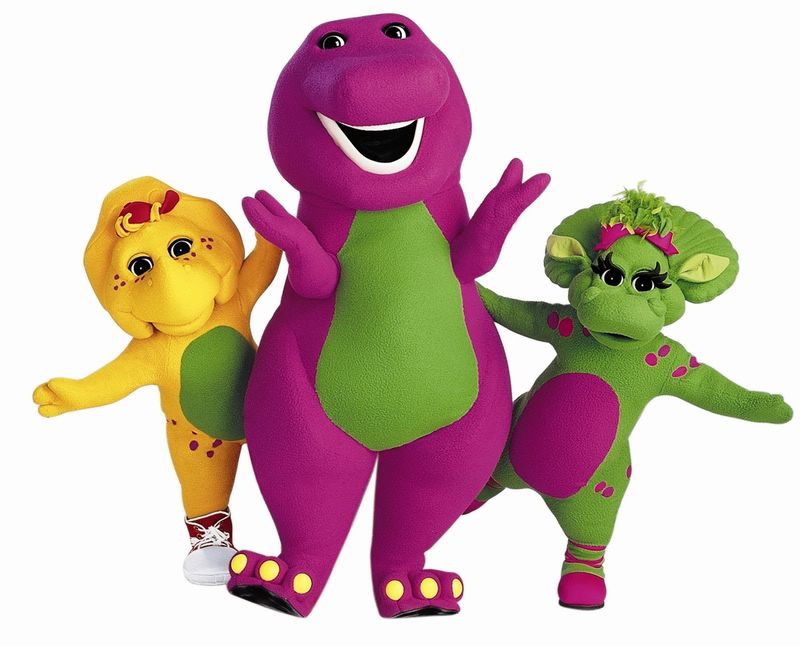About guest poster Kari, in her own words: I’m a 90s kid hailing from the suburban South and living in New York City. I frequently prefer kid’s movies, often watch Saturday morning cartoons, always enjoy nostalgia, and determinedly refuse to grow up for good. You can visit me on Tumblr, and I also write a book blog.
There was just something about certain actresses of 90s movies; they seemed to pop up in everything (kinda like the klepto kid from Can’t Hardly Wait, who was also the pube pizza kid from She’s All That, and also in American Pie). These ladies were the ones I wanted to be—maybe because they rocked awesome kicks, hats, and had great hair, but most likely because they were individuals. They were a little bit quirky but entirely confident with themselves.
You’ll be pleased to know that most of our adolescent ingenues are still in the acting world, though most of them have gone more of the indie flick route (just further evidence that these 90s ingenues were destined for great things beyond the dreaded child actor stigma). Your individualism has paid off—you’re no longer just “former child stars”!
Anna Chlumsky
Oh my god, what I would’ve done to be Vada Sultenfuss in My Girl 2. (For some reason, always liked that one better than the first. Inexplicable.) I can’t even count how many cheap mood rings I bought after those two movies and how much of an internal struggle I had about flowery 1970s hats (I was a huge tomboy, yet she just looked so damn cool...). Beyond the My Girl flicks, Anna also starred in Trading Mom and Gold Diggers: The Secret of Bear Mountain with fellow ingenue Christina Ricci (two movies my mom rented for me on sick days). Anna took almost a decade off from acting after 1998 to attend college (International Studies), get married, and apparently be a woman of all trades (food critic, restaurant guide, editorial assistant). She’s back to acting, though, with several recent indie movies and lots of TV roles.
Thora Birch
Never have I wanted anything as badly as I wanted a pet monkey, thanks to the movie Monkey Trouble. (I also desperately wanted a copy of that movie, and pre-Amazon.com, it was incredibly hard to find. I never got it.) And lest we forget Thora’s best and most memorable role as Dani in Hocus Pocus. (This assertion is not up for debate.) Thora’s early acting also included Now & Then and Alaska. In 1999, she made a swift move to adult roles with American Beauty, and she’s steadily done indie flicks since (most notably Ghost World).
Gaby Hoffmann
I never really knew Gaby Hoffmann until Now & Then (where she and Demi Moore were most perfectly cast), but since then, I’ve seen her pop up in a ton of stuff made prior. Who knew that wasn’t her break-out role? (Me.) She started her career with Field of Dreams, Uncle Buck, and Sleepless in Seattle, and starred in All I Wanna Do (total underrated late 90s teen flick starring lots of the up-and-coming famous females of the late 90s/early 00s—Kristen Dunst, Rachel Leigh Cook, Monica Keena, Heather Matarazzo...) before joining fellow ingenue Christina Ricci in 1999’s 200 Cigarettes (again, end of child roles). Lately, she’s done some guest-starring TV roles and has several new indie movies under her belt.
Christina Ricci
Christina was the “It girl” of the early to mid-90s, with a breakout role in Mermaids to her pre-teen roles in flicks like Addams Family and its sequel, Casper, Gold Diggers: The Secret of Bear Mountain, Now & Then, and the 1997 version of That Darn Cat. Just one year later, in 1998, Christina officially ended her career as “child actor” with The Opposite of Sex—a poignant moment I remember in the video store when I saw her sporting blonde hair and cleavage, and thinking, “That’s it—my childhood is dead.” Christina’s had arguably the most well-known career of our ingenues throughout the past twenty years, leading most recently to ABC’s new series Pan Am.
**HONORABLE MENTIONS**
Tina Majorino
Who could forget the adorable girl from Andre and Corrina, Corrina (which were released, in my mind, at exactly the same time)? Tina’s childhood career wasn’t quite as notorious as the previous four ladies, but she was a familiar face. You probably remember her now from Napoleon Dynamite; I bet every 90s kid’s reaction to that movie was: “She looks familiar...” Tina has done lots of TV acting since Napoleon, most famously on Veronica Mars and Big Love.
Anna Paquin
I give Anna Paquin an honorable mention for this reason: I always thought she was one of these ingenues that appeared in everything mid-90s, but when I recently checked her creds, I realized...wow, she wasn’t in as much as I thought. Yet, I DO remember her and associate her with these 90s childhood flicks, so that must mean something. While her official breakout role was in 1993’s Piano, her breakout role to OUR generation was in 1996’s Fly Away Home. The next really memorable role of hers was as Freddie Prinze Jr’s goth-chic sister in She’s All That, which led her to more teen/adult roles in Almost Famous, the X-Men flicks, The Squid and the Whale, and...her current claim to fame...HBO’s True Blood.
As you can see, no troubled former childhood stars from this group of girls. Further evidence that 90s kids are the best kids.








